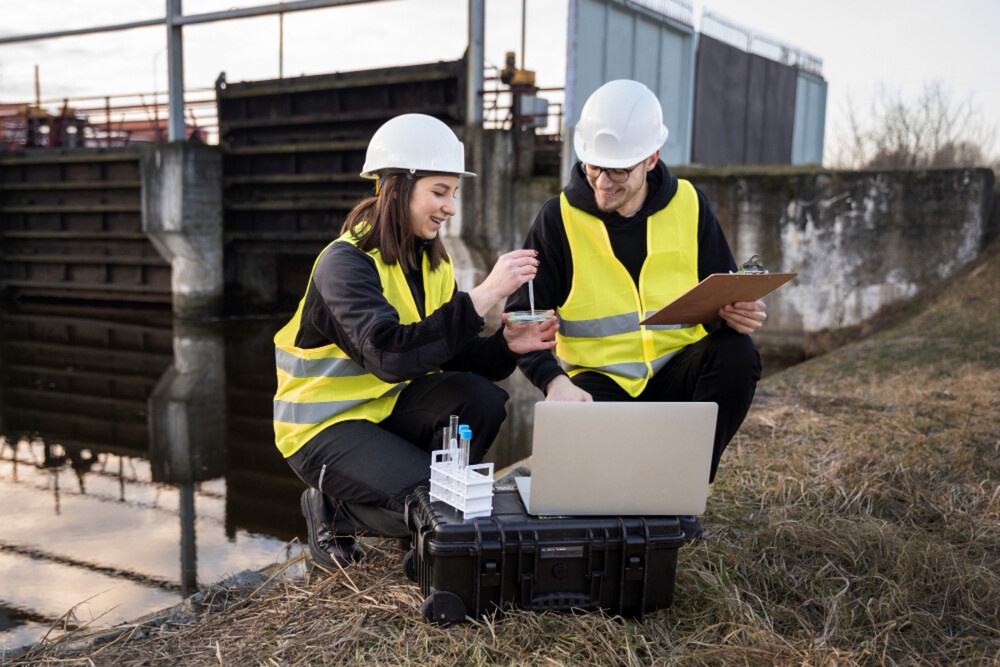In our rapidly changing world, the need for effective environmental monitoring has never been more critical. Environmental challenges, from climate change to natural disasters, are impacting our planet on an unprecedented scale. To address these challenges, scientists and organizations are increasingly turning to remote sensing as a mission-critical tool in their environmental monitoring systems.
Remote sensing is the science of capturing and interpreting data from a distance, often using satellites, drones, or other aerial platforms. This technology provides a unique vantage point for monitoring and understanding the Earth's ecosystems, weather patterns, and environmental changes. When integrated with mission-critical power systems and environmental monitoring systems, remote sensing becomes an invaluable asset for safeguarding our environment.
- Climate Monitoring: One of the most critical problems facing our planet is climate change. Remote sensing plays a pivotal role in tracking global climate trends. Satellites equipped with advanced sensors can measure atmospheric conditions, temperature changes, and the extent of polar ice caps, providing invaluable data for climate scientists. By analyzing this data, they can make knowledgeable decisions and predictions regarding climate change, which is instrumental in developing mitigation strategies.
- Disaster Management: The role of remote sensing in disaster management cannot be overstated. When natural disasters strike, such as hurricanes, wildfires, or earthquakes, remote sensing technologies provide real-time data to measure the extent of damage and determine areas needing immediate relief. This information is crucial for coordinating disaster response efforts and saving lives. Additionally, the data collected through remote sensing can aid in long-term recovery and reconstruction planning.
- Ecosystem Monitoring: Conservationists and environmentalists rely on remote sensing to monitor ecosystems and biodiversity. Through remote sensing, they can track changes in forest cover, identify illegal logging activities, and monitor wildlife populations. This information is essential for protecting fragile ecosystems and preserving biodiversity, which is critical for maintaining a balanced and healthy environment.
- Agriculture and Land Use Planning: Remote sensing also plays a significant role in agriculture and land use planning. Farmers and land planners use remote sensing data to optimize crop management, monitor soil conditions, and identify areas suitable for cultivation. By analyzing this information, they can reduce resource waste and maximize agricultural efficiency, ultimately contributing to sustainable food production.
- Water Quality and Pollution Control: Remote sensing technology is essential for monitoring water bodies and controlling pollution. It can detect changes in water quality, the spread of harmful algal blooms, and the presence of pollutants in rivers, lakes, and oceans. This information is critical for protecting aquatic ecosystems and ensuring safe drinking water for communities.
Organizations must also consider the reliability and resilience of their mission-critical power and environmental monitoring systems to utilize remote sensing for modern environmental monitoring effectively. These systems provide the necessary infrastructure for continuous data collection and analysis. With robust power systems and monitoring equipment, the benefits of remote sensing can be fully realized.
To Sum Up
Remote sensing has become a mission-critical tool in modern environmental monitoring systems. Its applications range from climate monitoring and disaster management to ecosystem conservation and land use planning. As our understanding of environmental challenges deepens, the integration of remote sensing technology with mission-critical power systems and environmental monitoring systems will become even more vital.
By harnessing the power of remote sensing, we can make informed decisions to protect and preserve our planet for future generations.


No comments yet